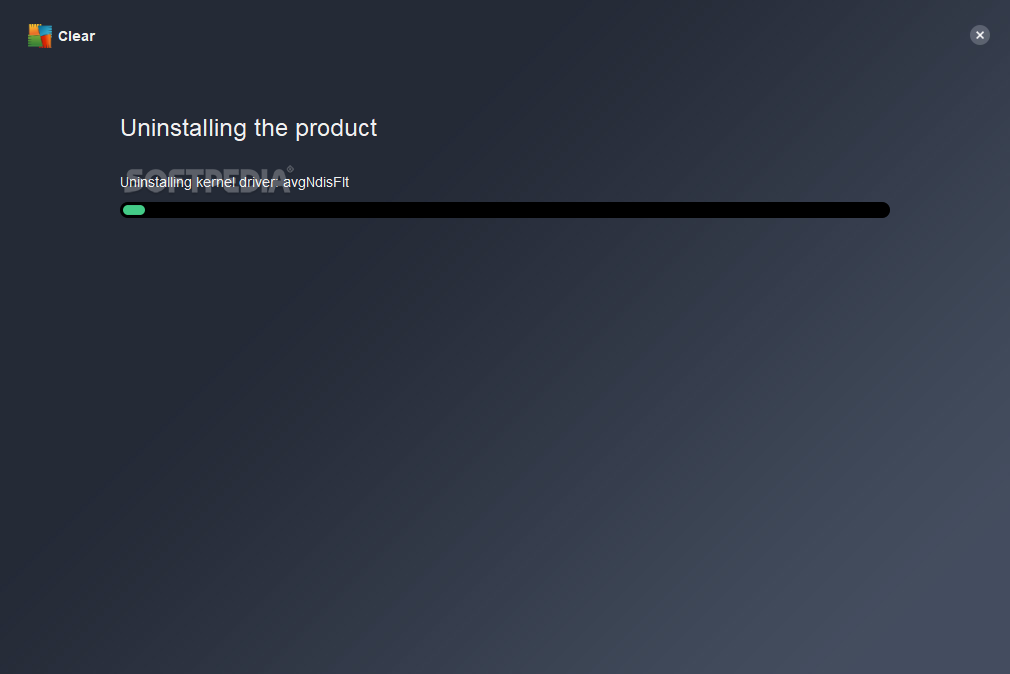

When Windows restarts in Safe Mode, select the location of the AVG AntiVirus Free program files.Optionally, tick the box next to Also delete your browsing data to delete your profile information, such as bookmarks and history.Microsoft ▸ Windows 11 | Windows 10 | Windows 8/8.1 | Windows 7.The nature of the software means that it should be handled with extra care to avoid losing data, but no special precautions are necessary other than those preceding a usual system reboot.To manually start Windows in Safe Mode, follow the Microsoft Support instructions according to your version of Windows: To sum things up, with AVG Clear you get a really easy-to-use tool that does its job with the uttermost simpleness, requiring no advanced knowledge or intricate configurations. The safest way to remove AVG from your PC This is the reason for which you are advised to save your work and close all other running applications prior to deploying this utility. Restart your PC to finish the cleaning processĪn important aspect that should be taken into consideration when using AVG Clear is that your system will restart several times in order to complete the cleaning procedure.

All the discovered items are removed on the spot, or after a reboot, and no traces are left behind. Once you start it, the program searches for traces such as user settings, antivirus parameters, the Virus Vault, installation files and other such remnants that may have resulted after a failed removal attempt made using the built-in uninstaller of the security software.

Deletes AVG traces, user settings and the virus vault This is the case of AVG Clear, a dedicated tool that can assist you in cleaning your PC after the uninstallation process for one or more AVG products was unsuccessful. Uninstallers that target specific applications are quite often encountered, especially when security solutions are involved, given their rather sensitive nature. For these cases, special utilities have been developed to help you completely erase all traces left behind by any program. We all know that sometimes after uninstalling a software application from our system, some traces still remain, like registry keys, settings files and other application data.


 0 kommentar(er)
0 kommentar(er)
